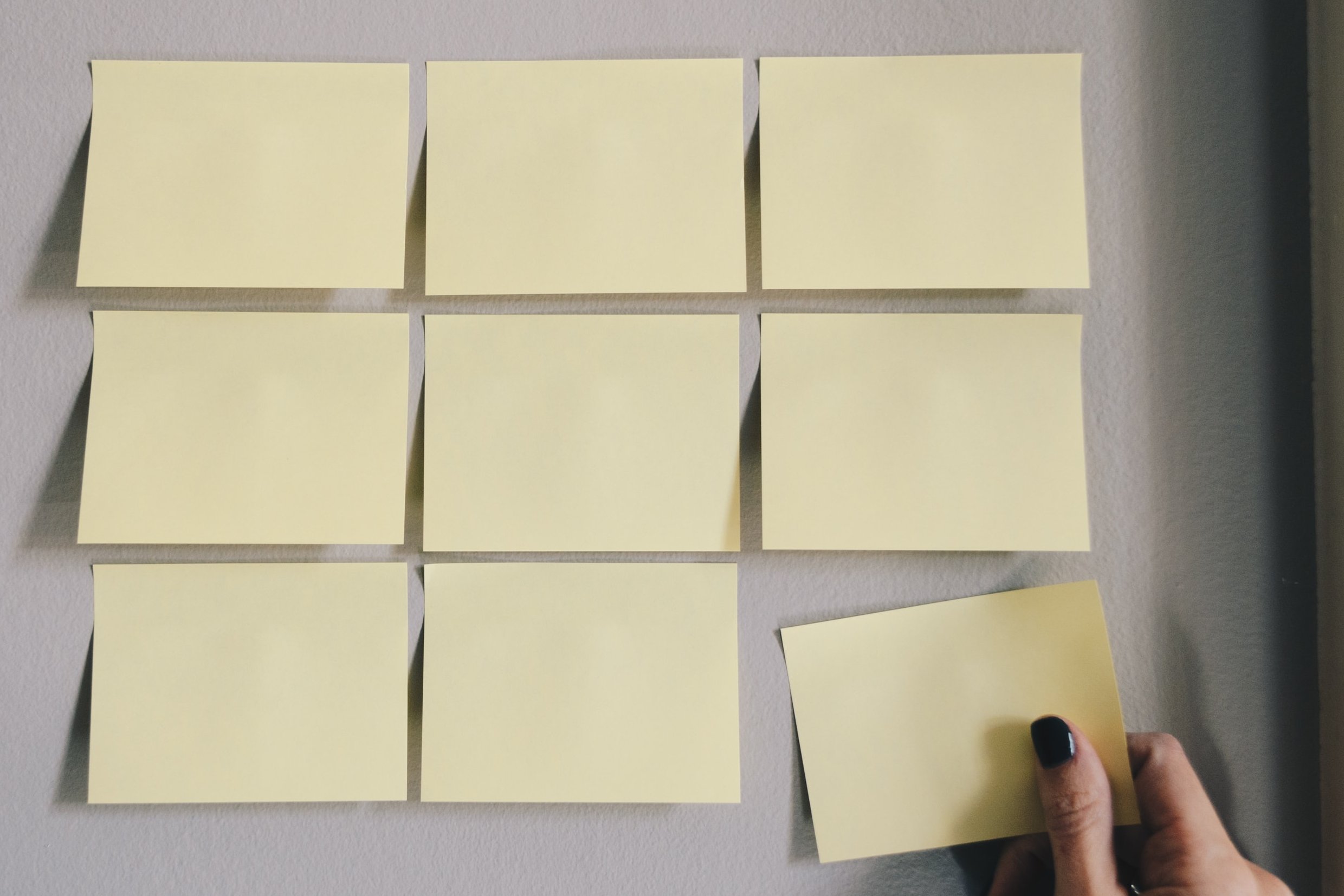
Photo by Kelly Sikkema on Unsplash
Recently, I have come to the realization that I am a pretty bad with notes. I am not bad at taking notes, I have notes of interesting ideas from almost everything - talks, papers, books, you name it. The step I am bad at is how I use these notes. Most of these sit in a notebook somewhere, lying dormant - the probability of them being visited again is very low. When I do infrequently revisit them, I often find that ideas I thought I had “recently” come up with have been sitting in these notes for a lot of time. I have known about this inefficiency in my process for a while now, maybe the last year or two of my PhD, but I have been busy with “more important things”. A few months back, I figured I should now act on this realization and figure out a way of pooling my ideas and actually building on them, rather than writing them down as an impulse and forgetting about it. This is when I came across the book - How to Take Smart Notes by Sönke Ahrens.1
So, this book talks about the Zettelkasten method (German for slip box), which is a non-linear way of taking notes. This method was used by Niklas Luhmann, a German sociologist who was crazy prolific as an academic (wiki says: 70 books, 400 scientific papers!!), which itself made me prick up my ears. Not sure exactly what his theory is about, but it is supposed to be so deep that he became one of the most important sociologists of the 20th century. He credits his ideas as well as his papers to the use of zettelkasten.
The key reason why I’m pretty bad with notes is a lack of organization and filtering - I don’t have a place to go to check on my ideas or look at all the information I gather. Yes, they are all in the notebooks, but they are interspersed with not-so-great ideas, random facts, so on. That is because I use the notes for two (incompatible) reasons: one, to engage myself with the talk or the paper;2 two, to note down points that are important to store as some form of memory.2 This implies that my notes have important facts and ideas I want to remember, and not so important stuff that needs to be filtered.
The method proposed in the book (and used by Niklas Luhmann) solves this conundrum by taking multiple types of notes. First, “fleeting” notes, which are used for both engagement and to write down important facts/ideas. Essentially, this is the step which most of us already do. The next step is to filter these fleeting notes into two types - “literature” notes that link facts/results/discussion points to a paper or a talk, and “permanent” notes that link ideas linked to the literature notes. You then throw away your fleeting notes and file both your “literature” and “permanent” notes into your long-term archive of ideas - your zettelkasten.
Niklas Luhmann used small slips of paper for his “literature” and “permanent” ideas. Each slip (or zettel in German) contains facts linked to a paper or ideas based on a paper or group of papers. These were then filed into the slip box (or zettelkasten) for long-term storage.
The goal, at least for most of us who take notes and aren’t blessed with good memory, is to develop a second brain to store information gathered from reading. The zettelkasten functions as the second brain. The first critical step of filtering ensures that the right information goes into this brain. The second step is organization - how do you ensure that you can pull out the right form of information when you need it?
Here is where the non-linearity comes in. Niklas Luhmann used to simply assign an ID to every note that goes into the zettelkasten. Now, he used two forms of linking. In the first, he placed relevant notes (i.e. ideas) physically close to one another other,3 and this allowed him to form a “chain of thought”. In the second method, he linked ideas in one note to those in other notes by tagging their ids.3 This is a very important way of linking the same idea to different contexts. Both methods allowed him to form a complicated web of ideas and develop them as he added more ideas.
I found this way of note-taking very elegant as it allows you to constantly peek into your idea-box and link ideas to one other. This process allows you to look at ideas in new contexts and generate more ideas, atleast in theory.
I can sort of see how this could have helped Niklas Luhmann connect different subjects and form unifying theories of sociology. You can also see the same interconnectedness in the book - the author managed to link multiple fields of research to make the point that the zettlekasten system is an effective way of taking notes.
In general, I found this book to be a good/fun read, although a bit repetitive at some points. Apart from the zettelkasten method, it talks about various things - the importance of organization and positive workflows that do not require motivation, the importance of writing, and the limits of memory.4
That said, I must say that I haven’t completely implemented the zettelkasten method myself. It has been a bit hard getting into the discipline of filtering notes and adding them into a digital zettelkasten. I have been making progress and have a preliminary system working - I will post more on this once I get it working properly and see benefits.
The caveat aside, I feel that this book opens a door into a new way of thinking about note-taking and organization in general, something I will remember and slowly act on.
As always, let me know if you have any comments/feedback/suggestions!